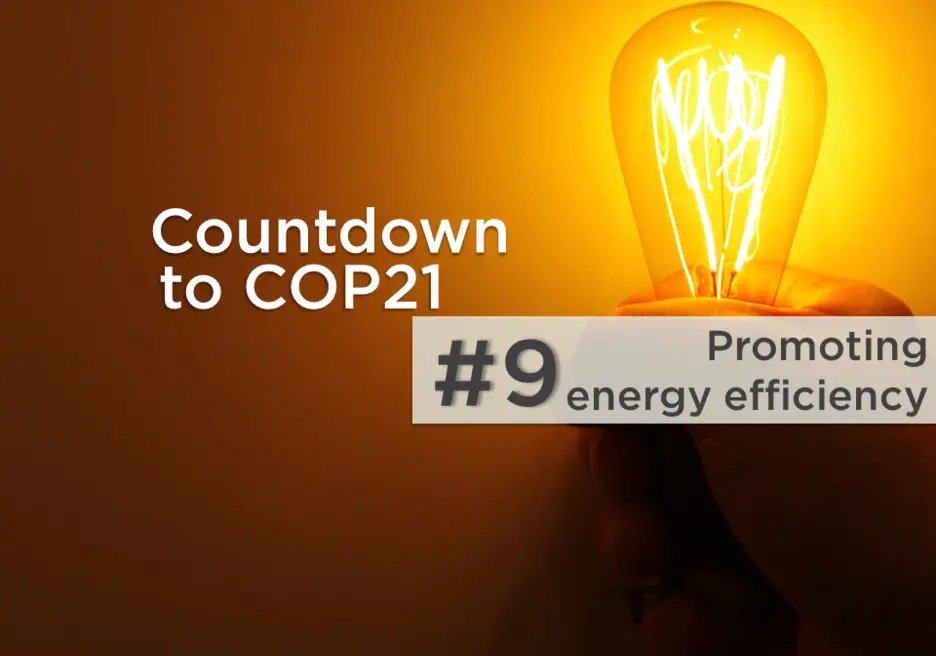Six key steps to become an energy efficiency expert

A 2008 study undertaken by the Economic Commission for Latin America and the Caribbean (ECLAC) identified a shortage of people working on energy efficiency in the region, and no significant improvements have been seen since 2013, when the second study was conducted.
For this reason, it is crucial that the region’s experts—in particular engineers and technical professionals—have the tools to improve energy efficiency in their workplaces and to increase the sustainability of their businesses. These are the six key steps in becoming an energy efficiency expert:
- Research international energy regulations
Learn which energy performance systems and processes must be implemented in each country in accordance with the international framework. These are universal standards that can be integrated into the management systems of all kinds of organizations and companies. The best known standards are UNE 216.501 on energy audits; UNE-EN 16247, a European standard; and ISO 50001 on energy management systems.
- Learn about measuring tools
When gathering energy data, determine which equipment at the company consumes the most energy. If there is no way of accurately measuring the energy consumption of the equipment, use more specific instruments to measure flow, temperature, pressure, air speed, electrical measurements, and even a gas combustion analyzer for water heaters.
- Use appropriate software
The market has countless programs for energy simulations. These are the most effective programs (and the good news...they’re free!):
- RETScreen: an energy analysis tool for financial and environmental improvements
- 3EPLUS: thermal insulation software
- EINSTEIN: thermal power software
- Conduct thorough reviews
Check facilities, technologies, and energy bills. Are the company’s energy consumption and costs at acceptable levels? This analysis makes it possible to draw up an “energy map” to identify where most energy is consumed.

- Conduct the analysis and prepare a report
Analyze which parts of the production process and which main and secondary equipment can be improved to increase air conditioning, electricity, and compressed air efficiency, for example. Then, compare the environmental and economic characteristics of the different options to help make a decision.
To reduce emissions, one measure is to replace fuels such as diesel or gas with renewable sources of energy, such as solar panels, or to use methods that make it possible to recover excess energy.
It should be clear that there is no standard procedure that can be implemented in every company. Each company can follow different methods according to the type of energy resources it uses. To project results, a Sankey diagram (additional link here) or a process diagram can be used.

Source: Slide Team
- Prepare solid arguments to defend your project
Your energy analysis report is ready, looks good, and can be readily understood. You prepared it thoroughly and carefully, but...how are you going to present your proposal?
To support your ideas, you need sound arguments. You can use different arguments: energy savings, value added, and, above all, less energy dependence. The truth is why pay more when you can be equally productive or even more productive for less?
To increase knowledge of energy efficiency, the Inter-American Investment Corporation (IIC) developed the GREENPYME Scholarship Program, a training course combining theory and practice to help companies train energy efficiency specialists.
To date, the IIC has trained 240 engineers in Central America and Bolivia. If you are interested in taking part in the course, follow our Facebook page or Twitter account to apply for the upcoming sessions of the GREENPYME Scholarship Program.
LIKE WHAT YOU JUST READ?
Subscribe to our mailing list to stay informed on the latest IDB Invest news, blog posts, upcoming events, and to learn more about specific areas of interest.
Subscribe



